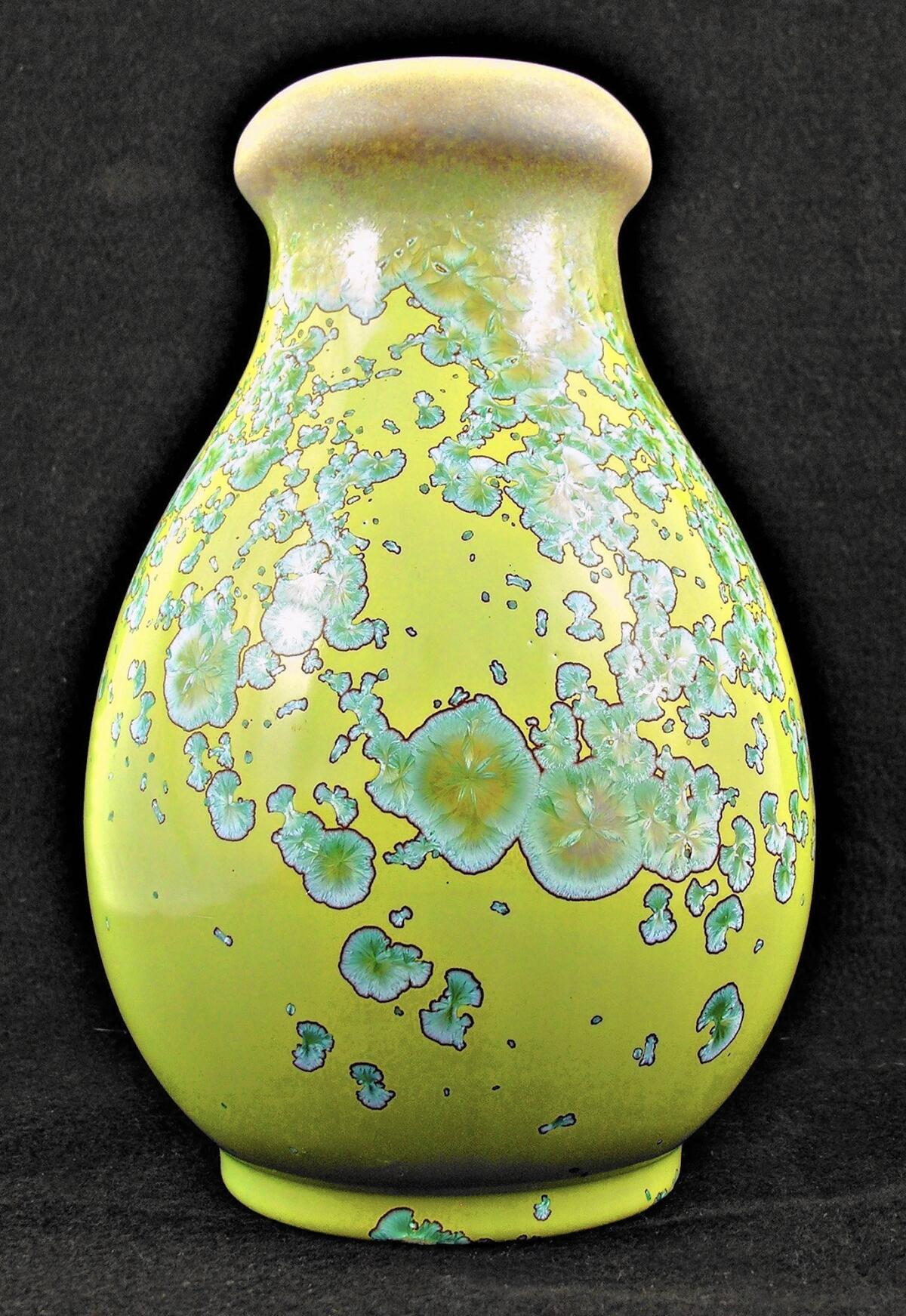Art Review: Exhibit examines the art and influence of influential Bay Area ceramics shop
California history captured in a glaze.
Museum exhibitions are typically organized by trained curators who come to the task with academic pedigrees, years of study related to their art passions, and a track record of shows under their belts. Not so the current treasure trove of historic California tile and pottery, "Of Cottages and Castles: The Art of California Faience," at the Pasadena Museum of California Art.
It lovingly examines the historically important and influential Bay Area ceramics shop that designed and fabricated the decorative tile work for Hearst Castle in San Simeon. The Hearst account, through the brilliant architect Julia Morgan, was a huge affirmation for the shop — especially during the bleak and uncertain Depression. Kirby Brown, curator of the PMCA show (on view through April 3, 2016) has no art background. He is, however, the grandson of California Faience co-founder William Bragdon.

Thomas B. Gotham, porcelain vase, 1924-27.
Thomas B. Gotham, porcelain vase, 1924-27. (Courtesy of the Pasadena Museum of California Art)
As a child, the 75-year-old Brown was close with his grandparents. As with many baby-boomer native Californians, he shares memories of classic California ceramics in the homes of family members. "I actually grew up in my grandparents' household in Berkeley," he says from his Northern California home. "I visited the shop as a boy, but I wasn't so taken then with the tile as I was the machinery: the grinder and kiln and all that fire. It was a great place for a kid to explore."
"I saw how they started with clay," Brown continues, "and watch it ground in the mills; and how the glazes start as powder. I saw the wet layers of clay and the powders turned into works of art."
Bragdon (1884-1959) was a Pennsylvanian who met Chauncey Thomas (1876-1950) at Alfred University in the Ceramic Engineering and Technology program. Thomas taught ceramics at the University of Chicago. When he left to work with the great French ceramicist Taxile Doat in 1912, Bragdon succeeded him at the University.
Bragdon later migrated to Berkeley and founded the Tile Shop. His chemistry training resulted in innovative glazes; his skill in designing tile and making molds made the shop a special place in the emerging ceramics boom in the Golden State. When Thomas joined him, they formed California Faience.
Brown succinctly characterizes California Faience's hole cards: "Their pottery was restrained and simple, but their tiles were magnificently flamboyant."
The shop was instrumental in bringing a ceramic dimension to Northern Californian Arts & Crafts. It was a global reaction against the mass production and uniformity of the Industrial Revolution, which valued craft and emphasized simplicity of form and natural materials.
At the PMCA, familiar earthen colors in vessels and rugged scenes of Northern California nature abound in the decorative tile motifs, along with a preponderance of Persian blue. "That color was a trademark of California Faience," Brown says. "You see a lot of that at the Castle. Hearst had traveled to Spain as a boy with his mother and Islamic tile designs was something that he told Julia Morgan he wanted."
Brown's father was a professional naturalist. "He moved me to the sciences," says Brown, who has a PhD in entomology. "But I've always loved these beautiful ceramics. And there's a real story of the synergistic relationship that Hearst and Morgan had in working on the Castle that can be seen in these pieces."
--
What: "Of Cottages and Castles: The Art Of California Faience"
Where: Pasadena Museum of California Art, 490 E. Union St., Pasadena
When: Through April 3, 2016. Closed Mondays and Tuesdays.
Contact: (626) 568-3665, pmcaonline.org
--
KIRK SILSBEE writes about jazz and culture for Marquee.